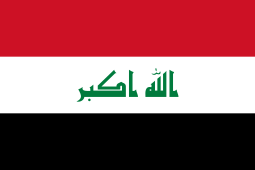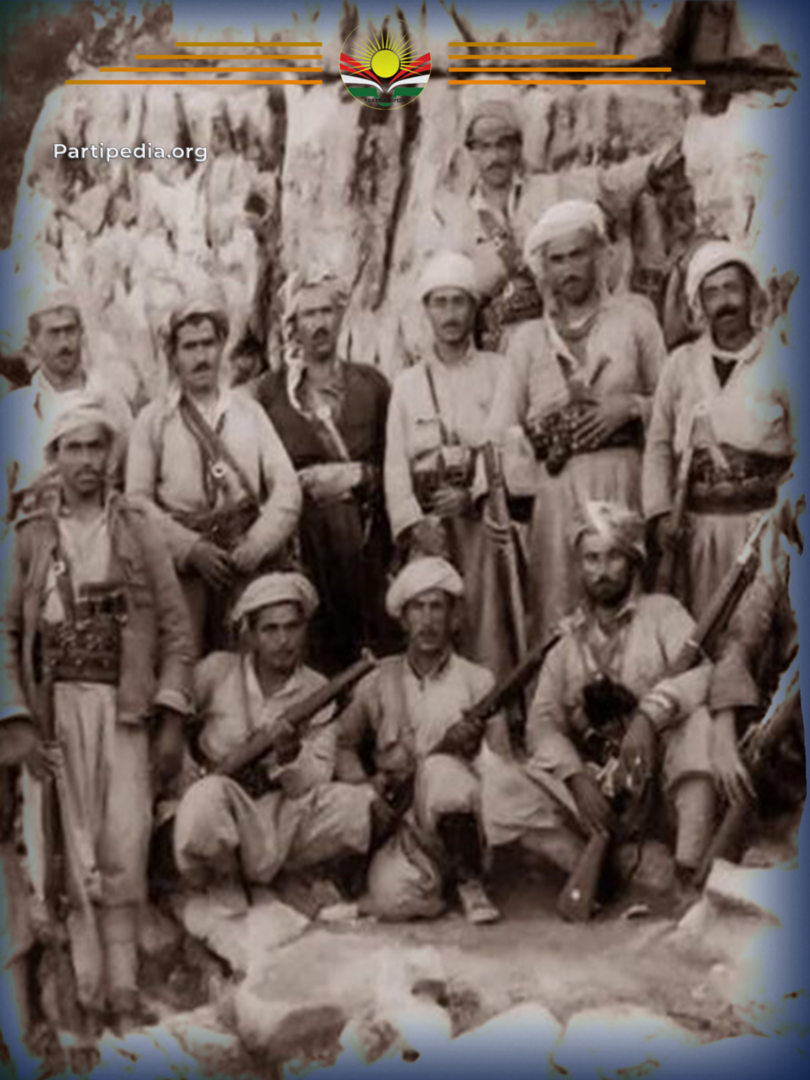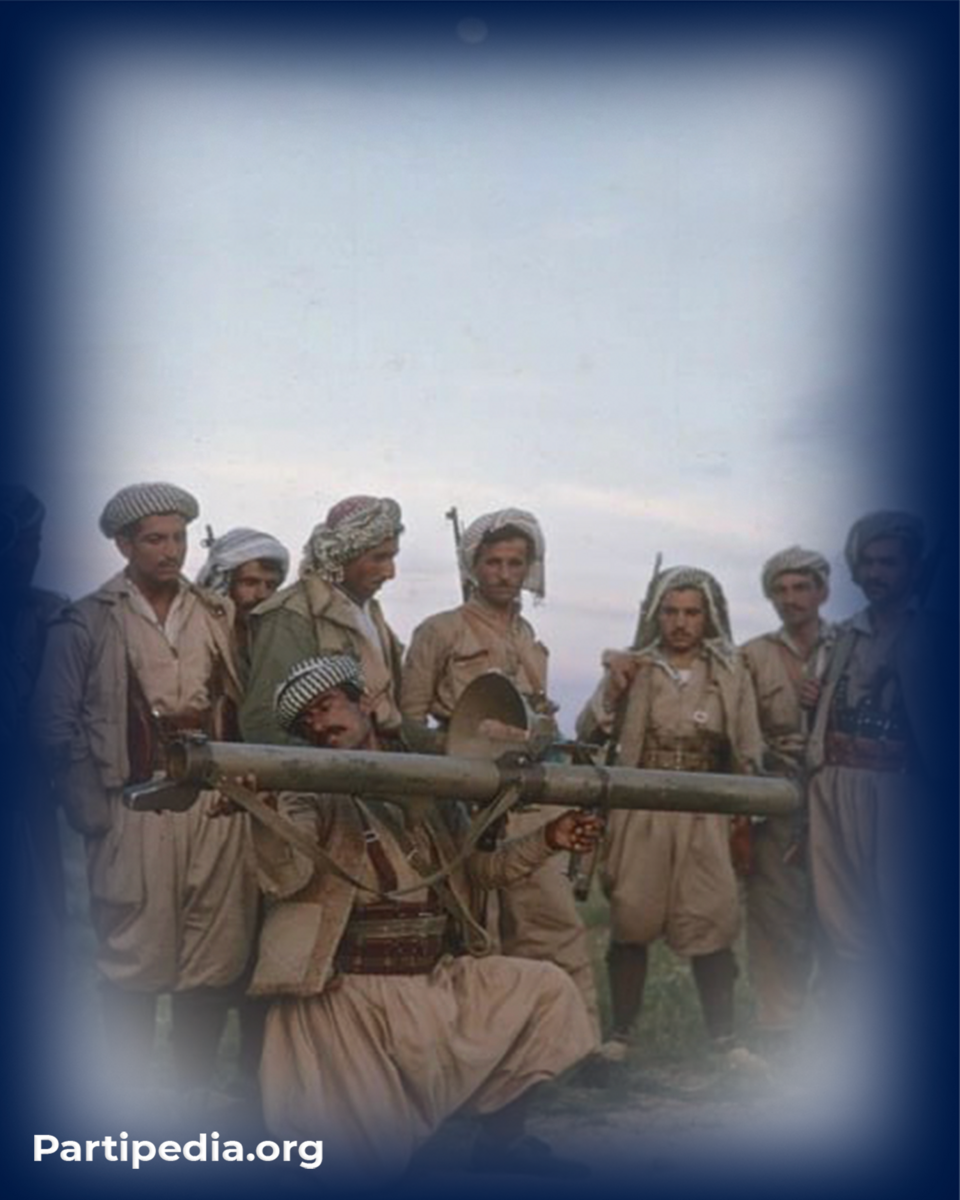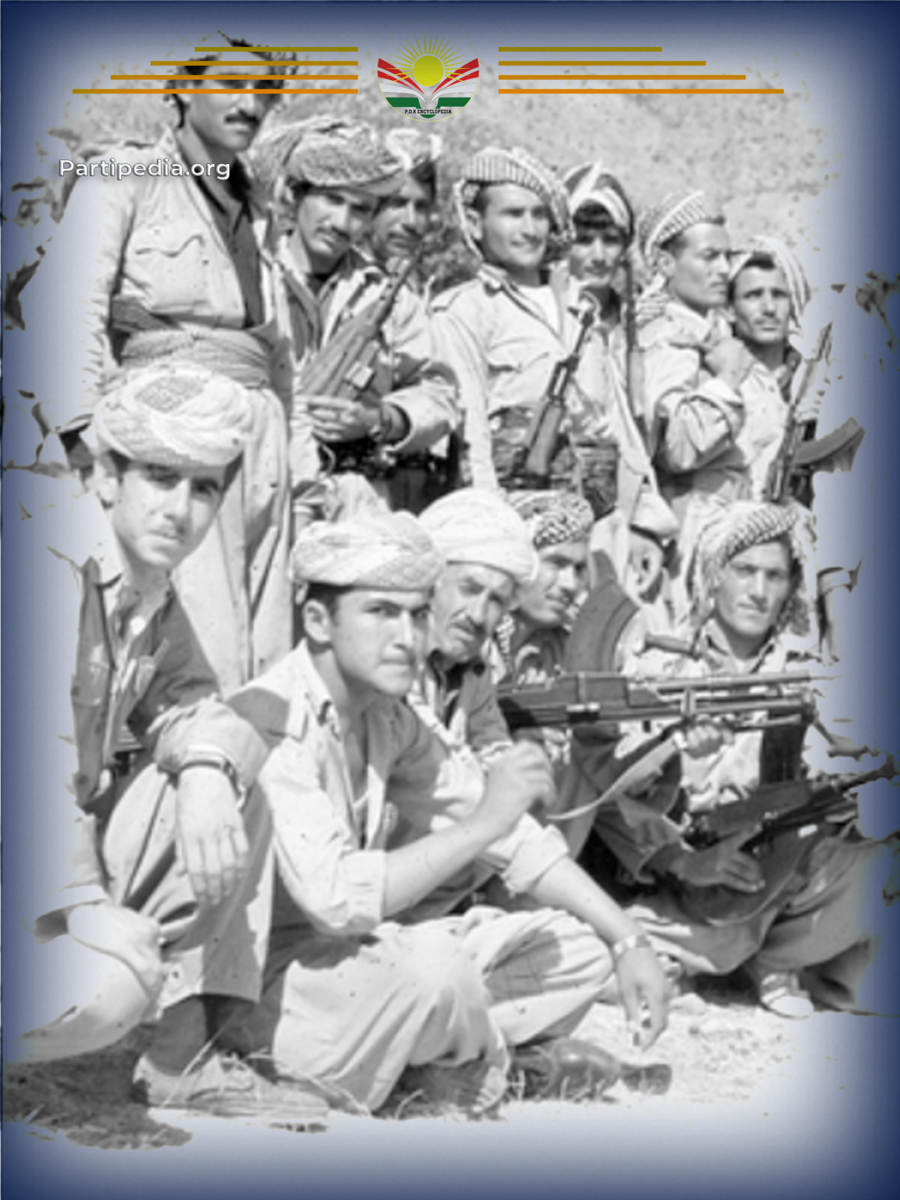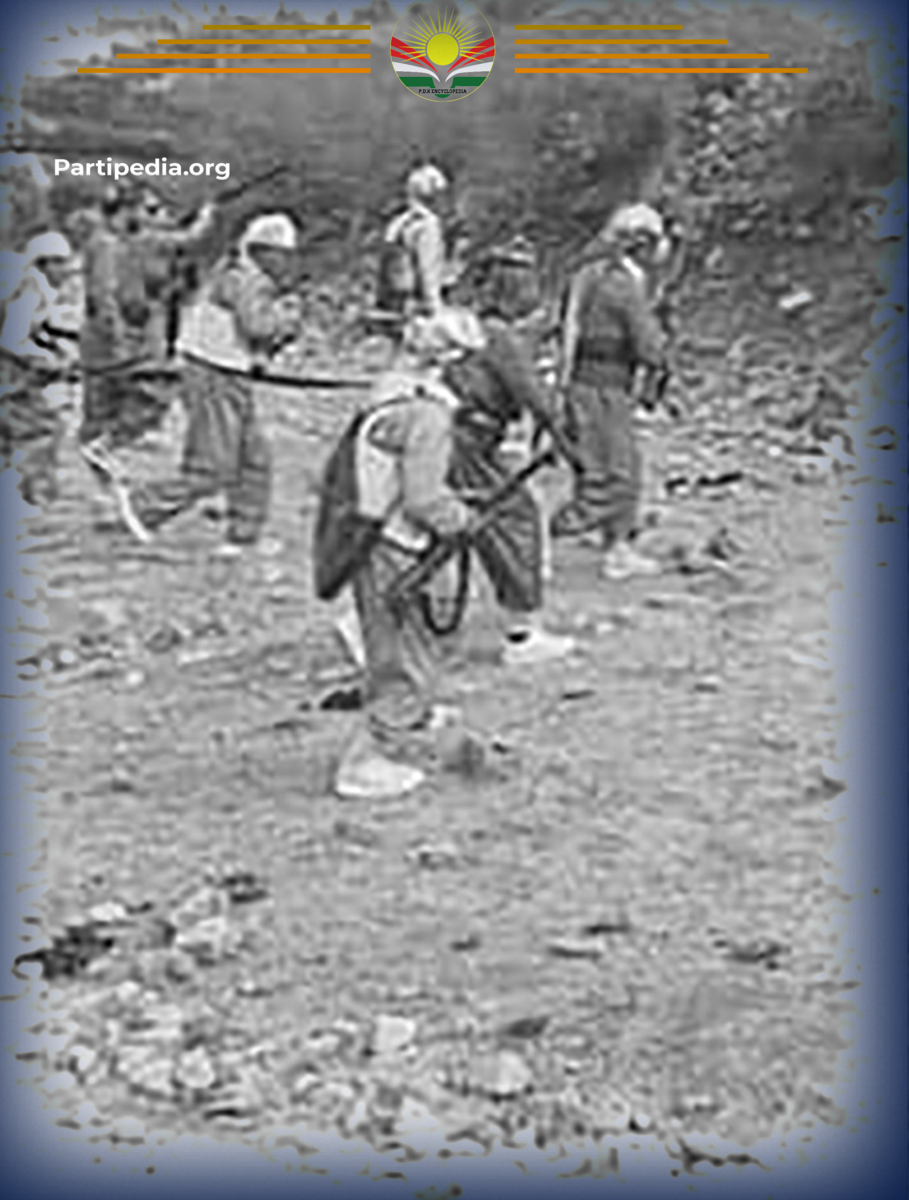Since mid-December 1964, the Iraqi government had been fabricating various excuses to create instability in Kurdistan, resorting to actions such as arresting and torturing individuals in towns and cities under the pretext of maintaining order amidst alleged chaos. At the same time, there was a noticeable movement of military forces across the region, further escalating tensions. By early 1965, relations between the Kurdish revolutionary leadership and the Iraqi government had significantly deteriorated. Developments increasingly indicated that President Abdul Salam Arif was withdrawing from the February 1964 ceasefire agreement and its accompanying promises. Instead, he appeared to be actively seeking excuses to reignite the conflict. To substantiate this claim, the observations of a foreign journalist who visited Kurdistan shortly after the ceasefire serve as compelling evidence. He remarked that he “saw nothing but destruction” during his visit and reported that “all the villages along the main roads of Sulaimani were bombed and burned to dust and ashes,” with 3,000 villages destroyed within a span of just five months.
To commemorate the one-year anniversary of the ceasefire, the Kurdistan Democratic Party (PDK) organized a general strike across Kurdistan, which achieved notable success in several cities and towns. However, these efforts ultimately proved fruitless as the Iraqi government remained unmoved. By late March 1965, the Iraqi army imposed war on Kurdistan once again, seizing what they perceived to be an opportune moment to secure victory. The political and military fragmentation within the PDK and the Kurdish Revolution seemed to embolden the government’s resolve.
The Iraqi government’s central plan involved seizing Mount Safin, as this strategic location was critical to their objectives. Capturing the mountain would eliminate the persistent threat to the Erbil-Ruandz highway, a route frequently ambushed by the Peshmerga forces. Additionally, control over Mount Safin would force the Peshmerga out of the Erbil plain, a region where local residents actively supported the revolutionaries with food and supplies. Moreover, the road connecting Erbil and Shaqlawa to Rawandz, which served as a vital supply line to the Spilk and Hamiya military bases as well as numerous police stations, would also be secured. To achieve this, the Iraqi army made extensive preparations, mobilizing large numbers of the 2nd Division, including the 1st Brigade, 14th Brigade, 15th Brigade, 20th Brigade, and 9th Brigade. Such was the importance of this operation that President Abdul Salam Arif personally visited Shaqlawa to assess the battlefields and monitor progress.
Through intelligence gathered by PDK spies within the Iraqi army, the Peshmerga leadership became aware of these military movements, including reports of approximately 30,000 mercenaries deployed to Soran and Badinan. What ensued was the monumental Battle of Safin, which spanned a vast front stretching from Koya to Gomespan Port, Safin, Shaqlawa, Hawre, and the Zinatir Mountains. In contrast, the Kurdistan Revolutionary Forces defending Mount Safin consisted of approximately 1,000 Peshmergas from the Safin Force, 300 from the Erbil Plain Force, and additional reinforcements from the Betwata Force. Furthermore, Egyptian combat units stationed near Baghdad were brought in to support the Iraqi military.
Despite facing a numerically superior force, the Safin Force bore the primary responsibility for defending the region. Commanded by Rashid Sindi, with Lieutenant Tahir Ali Wali leading operations from Hiran, the force was divided into four battalions. Wahid Kuekha Aziz led the first battalion, Mullah Gharib commanded the second, Uncle Braim Kako oversaw the third, and Fars Bawa directed the Erbil Plain battalion. These forces were further divided across four axes: Ziarat village, Sarmaidan, Sar-e-Rash, and Hujran.
The Iraqi army launched its first offensive on the night of April 12–13, 1965, capturing Kepki Sor and intensively shelling Mount Safin for eight consecutive days. Their largest assault occurred on April 21, targeting Gomespan Port and Ziarat. To exert additional pressure and prevent Peshmerga reinforcements from reaching Safin, the Iraqi forces launched coordinated attacks on multiple fronts. Despite deploying a vast arsenal of ground and air weapons, tanks, and armored vehicles, the Iraqi army failed to make significant progress and suffered repeated defeats. In response to these setbacks, the government devised a new incentive-based strategy, offering monetary rewards for capturing strategic peaks and ridges. For instance, Chief Jash Zero Harki agreed to recapture Mount Safin for 20,000 dinars, while Saeed Taha Zebari attempted to seize the critical location of Garota for 10,000 dinars. Although this strategy prolonged the battle, both leaders were ultimately killed during the confrontations.
The sustained attacks, relentless shelling, and aerial bombardments of Peshmerga positions, combined with the involvement of mercenaries and the Iraqi army’s evolving strategies, created immense challenges for the Kurdish forces. Adding to their difficulties, the Peshmerga forces faced severe shortages of weapons and ammunition, as well as mounting casualties and worsening health conditions among the wounded. Furthermore, the rugged terrain made it nearly impossible to transport food, medical supplies, and reinforcements, rendering it increasingly challenging to hold and defend Mount Safin. These circumstances forced the Peshmerga commanders to make the difficult decision to retreat temporarily to preserve their forces and regroup.
During the course of the battle, the Iraqi army suffered significant losses, with 154 soldiers killed, 348 wounded, and 32 captured. Meanwhile, the Kurdistan Revolutionary Forces lost 22 Peshmergas, with an additional 86 wounded. The Battle of Mount Safin holds immense historical significance, as it is regarded as the longest battle in the history of the Aylul Revolution. Lasting from April 12 to July 17, 1965—a total of 95 days—the battle saw the Iraqi army deploy all available resources, including the most advanced ground and air weapons of the time. While the Peshmerga force numbered just over 1,000, the combined strength of the Iraqi army and their allied jashes exceeded 40,000. Despite ultimately losing Mount Safin due to the overwhelming disparity in numbers and resources, the Peshmerga’s ability to inflict heavy losses on the Iraqi army exemplified their determination and resilience. In the context of such unequal warfare, sometimes minimizing casualties and executing strategic retreats can be considered a victory in itself.
Source:
١- شوان محەمەدئەمین تەها خۆشناو، هەولێر لە نێوان ساڵانى 1963 – 1970، (چاپخانەى زانکۆى سەلاحەددین- هەولێر- 2016).
٢- کریس کۆچێرا، کورد لە سەدەى نۆزدەو بیستدا، و: حەمە کەریم عارف، چاپى چوارەم، (خانەى چاپ و بڵاوکردنەوەى ئاوێر، 2007).
٣- هاوکار کەریم حمە شریف، شۆڕشى ئەیلوول، (چاپخانەى زانکۆى سەلاحەددین- هەولێر- 2012).
٤- محەمەد مەلا قادر، سەربردە – کورتەیەک لە بیرەوەرییەکان، (بڵاوکراوەى ئاراس- هەولێر- 2009).
٥- عصمت شریف وانلي، كردستان العراق هوية وطنية (دراسة في ثورة 1961)، ت: سعاد محمد خضر، مطبعة شڤان، السلیمانیة، 2012.
٦- خورشید شێرە، خەبات و خوێن، چاپى سێیەم، (چاپخانەى حاجى هاشم- هەولێر-2015).

